Optometry: A Visionary Path for Women - Through Her Perspective
_(3).jpg)
Article By:- Devanshi Dalal, Assistant Professor, and Martha Faith, Third-year Student, Department of Optometry, BDIPS, CHARUSAT
Optometry is a dynamic and impactful profession that extends beyond vision correction—it is the art and science of preserving sight, enhancing clarity, and unravelling the complexities of vision. With branches spanning clinical practice, optical retail, vision sciences, and cutting- edge technologies, optometry presents a diverse and evolving landscape. While both men and women have made significant contributions to the field, women have increasingly emerged as leaders, innovators, and change-makers, driving advancements in eye care.
 |
For women, optometry offers a unique blend of professional fulfilment and flexibility. As primary eye care providers, female optometrists play a crucial role in preventing vision loss, improving quality of life, and ensuring accessible care. The profession’s structured work hours, particularly in private practice, enable women to maintain a balance between their careers and personal lives—something that is often challenging in other healthcare fields.Additionally, the option to work part-time or establish independent clinics provides women with the autonomy to tailor their professional journey to their individual aspirations.
Beyond flexibility, optometry provides financial stability and entrepreneurial opportunities. Women in optometry have excelled as clinicians, researchers, educators, and business owners, with many leading successful optical ventures and specialty clinics. As the global demand for eye care professionals rises—driven by increasing cases of myopia, digital eye strain, and age-related conditions—career prospects in optometry continue to expand, making it a secure and promising field for women seeking both financial independence and professional growth.
The profession is also at the forefront of innovation, with new advancements in myopia control, artificial intelligence in diagnostics, and vision rehabilitation. Female optometrists are actively shaping these developments, contributing to research, and mentoring future generations. In many regions, women have become the driving force behind initiatives that enhance eye care accessibility, making optometry not just a career, but a platform for meaningful societal impact.
 |
.jpg) |
Overcoming Barriers: The Resilience of Women in Optometry
While optometry presents immense opportunities, the path is not without challenges. Female students entering the field face a demanding academic curriculum, requiring mastery of both theoretical and clinical skills. Financial constraints, rigorous training, and participation in community outreach programs—often in remote locations—add to the pressures. Yet, these challenges only strengthen the resilience of women pursuing this noble profession.
The transition into professional life brings additional hurdles. Many women in optometry juggle long working hours with family responsibilities, often navigating unpredictable patient demands and extended shifts. The struggle to maintain a work-life balance is an ongoing battle, particularly for those in private practice. However, through adaptability, time management, and a strong support network, women continue to excel in their roles.
For those venturing into entrepreneurship, barriers such as limited financial resources, intense market competition, and inadequate access to mentorship can make establishing a practice challenging. The lack of readily available information further hinders business growth. Addressing these gaps through targeted support programs and networking opportunities can empower more women to build and sustain successful practices.
Additionally, the profession is not immune to gender biases and stereotypes. Women in optometry often face workplace challenges, including unequal opportunities for leadership roles and the expectation to prove their competence repeatedly. While some countries, such as Japan, Spain, and Zambia, have implemented menstrual leave policies, many regions still lack workplace policies that acknowledge women’s health needs. Creating a more inclusive and supportive work environment is crucial in fostering the continued growth of women in optometry.
Despite these obstacles, women in optometry continue to break barriers and redefine the profession. Their resilience, dedication, and ability to adapt make them not just skilled practitioners but pioneers shaping the future of eye care. From the classroom to the clinic, from research labs to business ventures, women optometrists are proving that they are more than just professionals—they are visionaries transforming lives, one patient at a time.
.jpg) |
2025-06-06T13_16_20.jpg) |
References
1. Lewis, Thomas L. "Defining the scope of practice of optometry" Optometry and vision science 71.2 (1994): 76-79.
2. Reisinger, Christine. "The changing face of optometry: it's female, but discover why many women have yet to show their faces to the profession" Review Of Optometry 143.6 (2006): 44-50.
3. Long, Jennifer, Robin Burgess?Limerick, and Fiona Stapleton. "What do clinical optometrists like about their job?." Clinical and Experimental Optometry 96.5 (2013): 460-466.

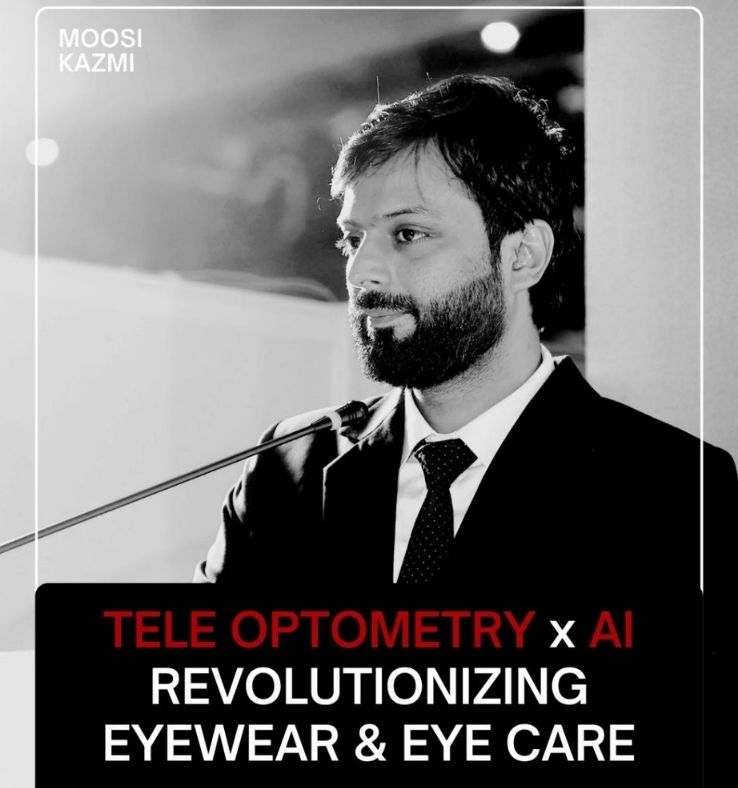
.jpg)
.jpg)
.jpg)
.jpg)
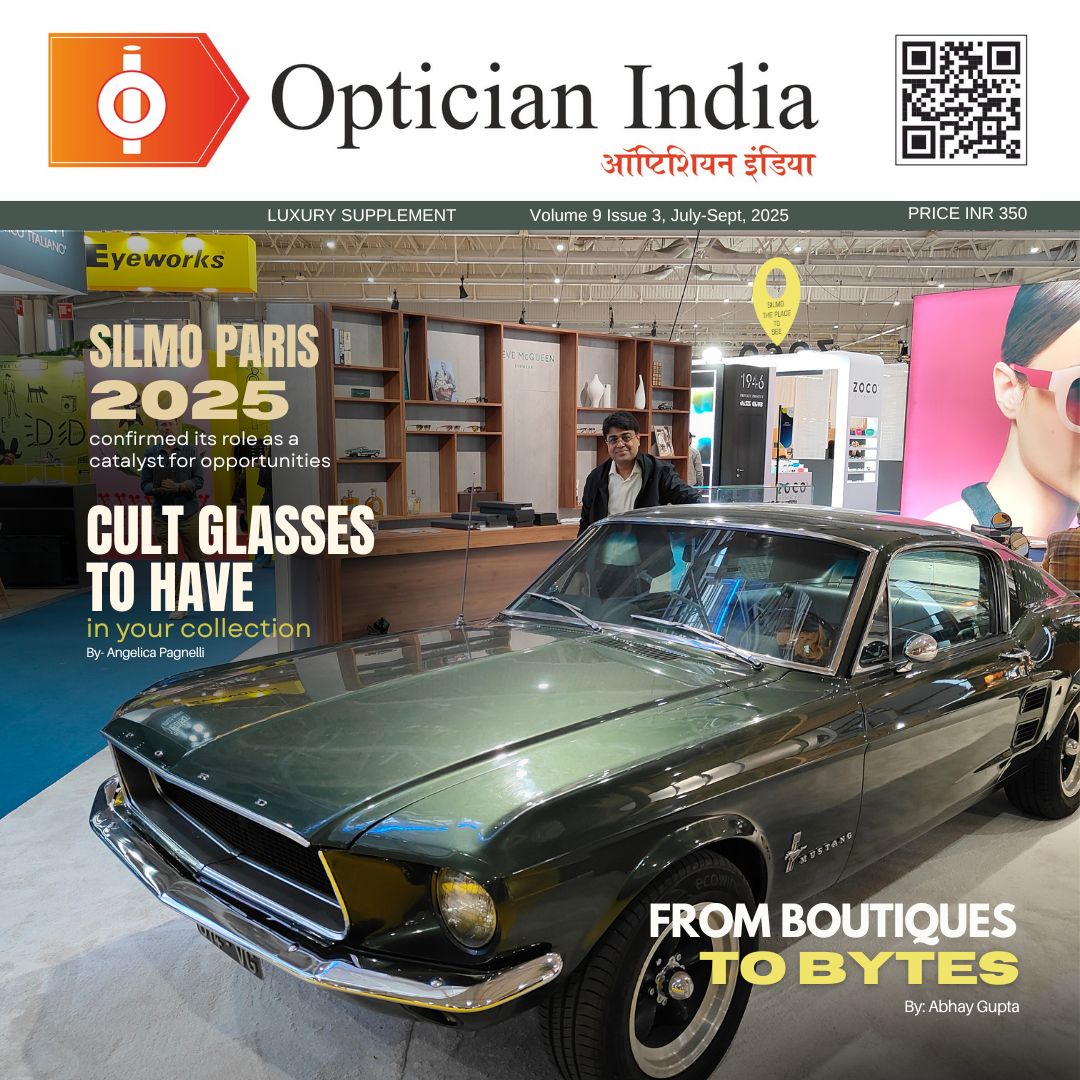

1.jpg)
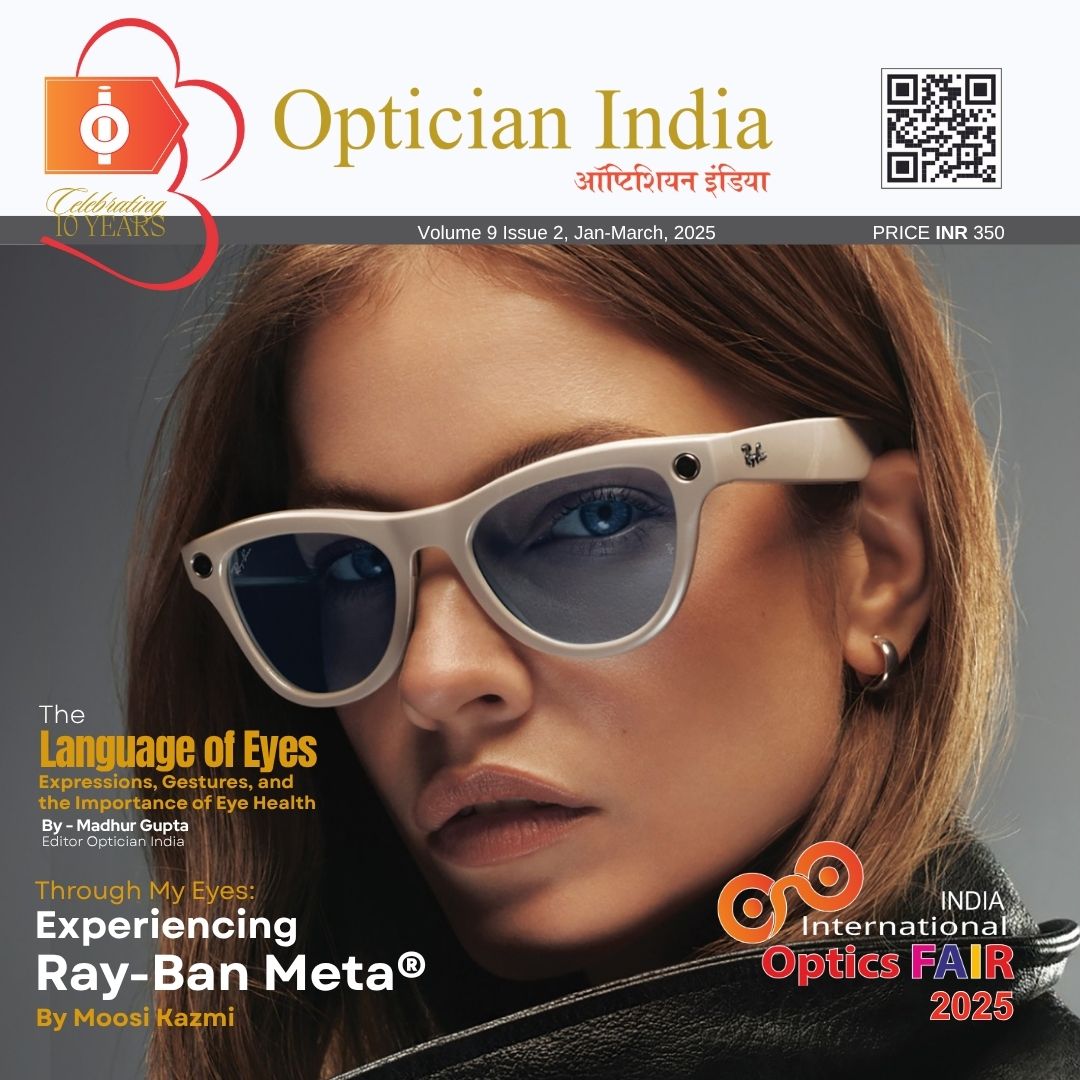


.jpg)
.jpg)

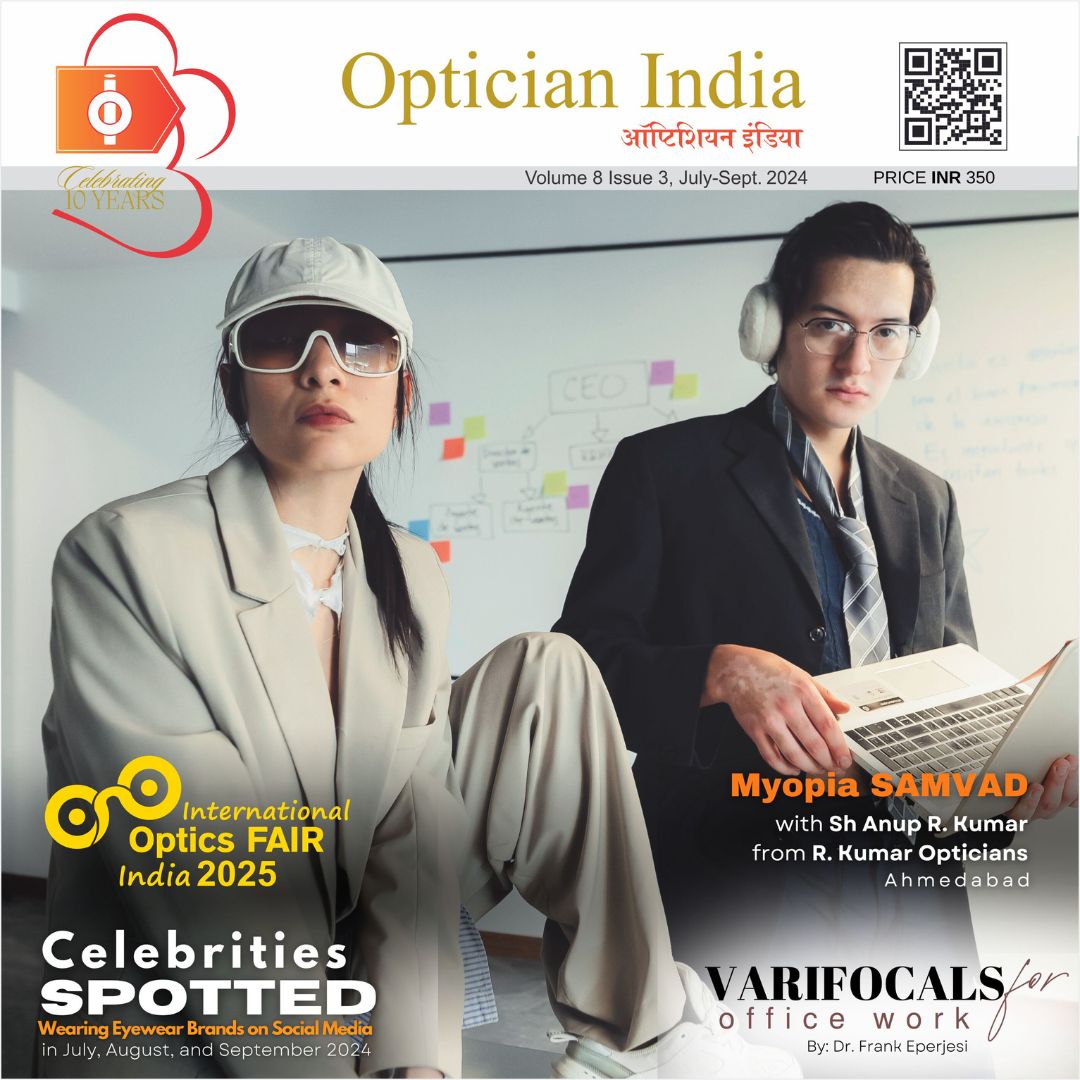

_(Instagram_Post).jpg)
.jpg)
_(1080_x_1080_px).jpg)


with_UP_Cabinet_Minister_Sh_Nand_Gopal_Gupta_at_OpticsFair_demonstrating_Refraction.jpg)
with_UP_Cabinet_Minister_Sh_Nand_Gopal_Gupta_at_OpticsFair_demonstrating_Refraction_(1).jpg)

.jpg)






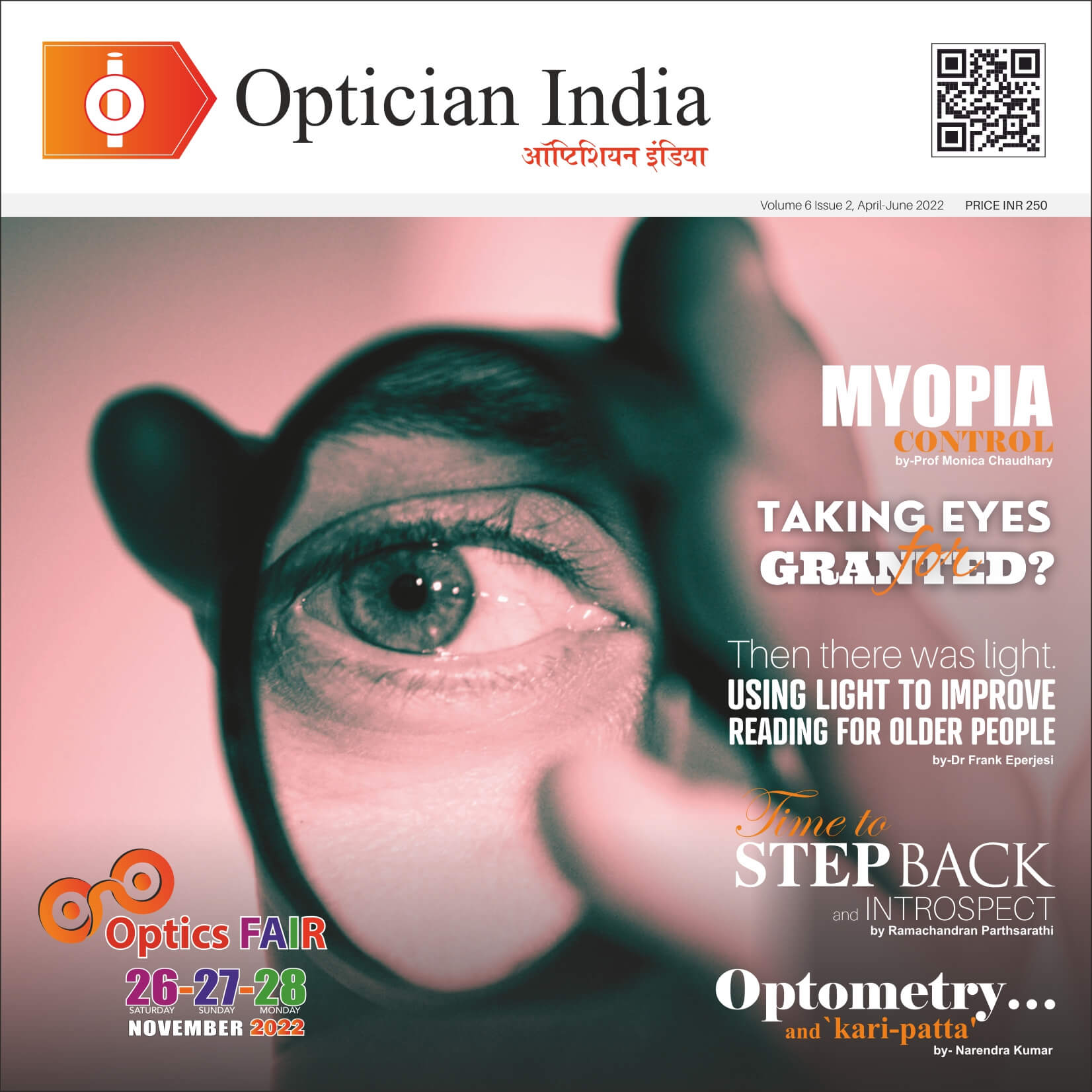
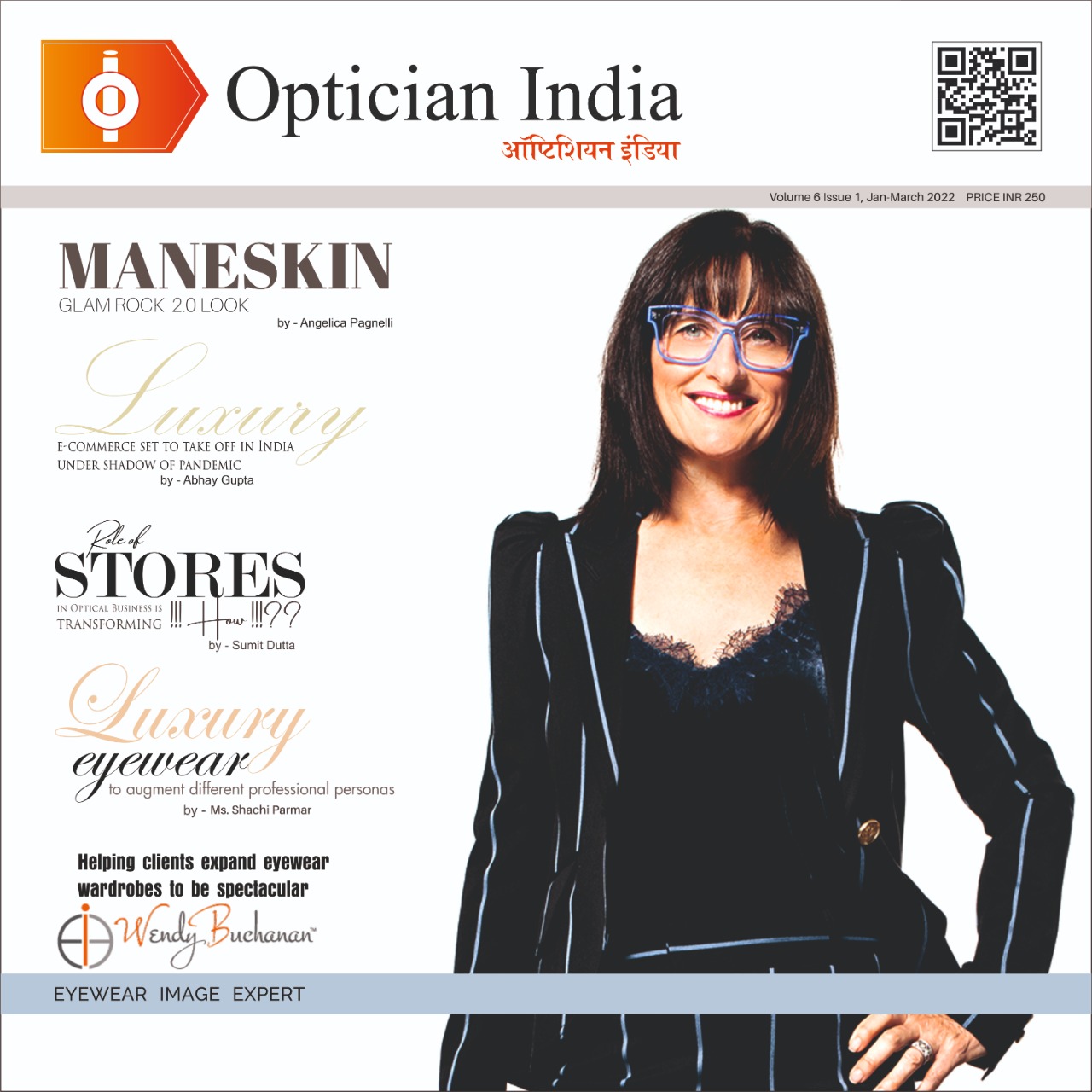
.jpg)
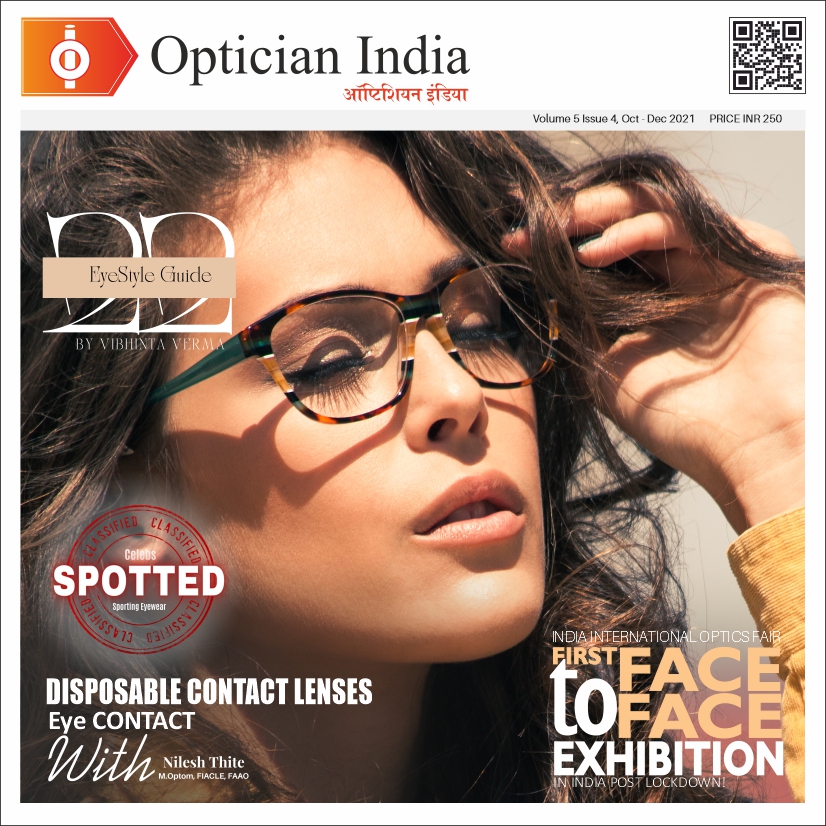
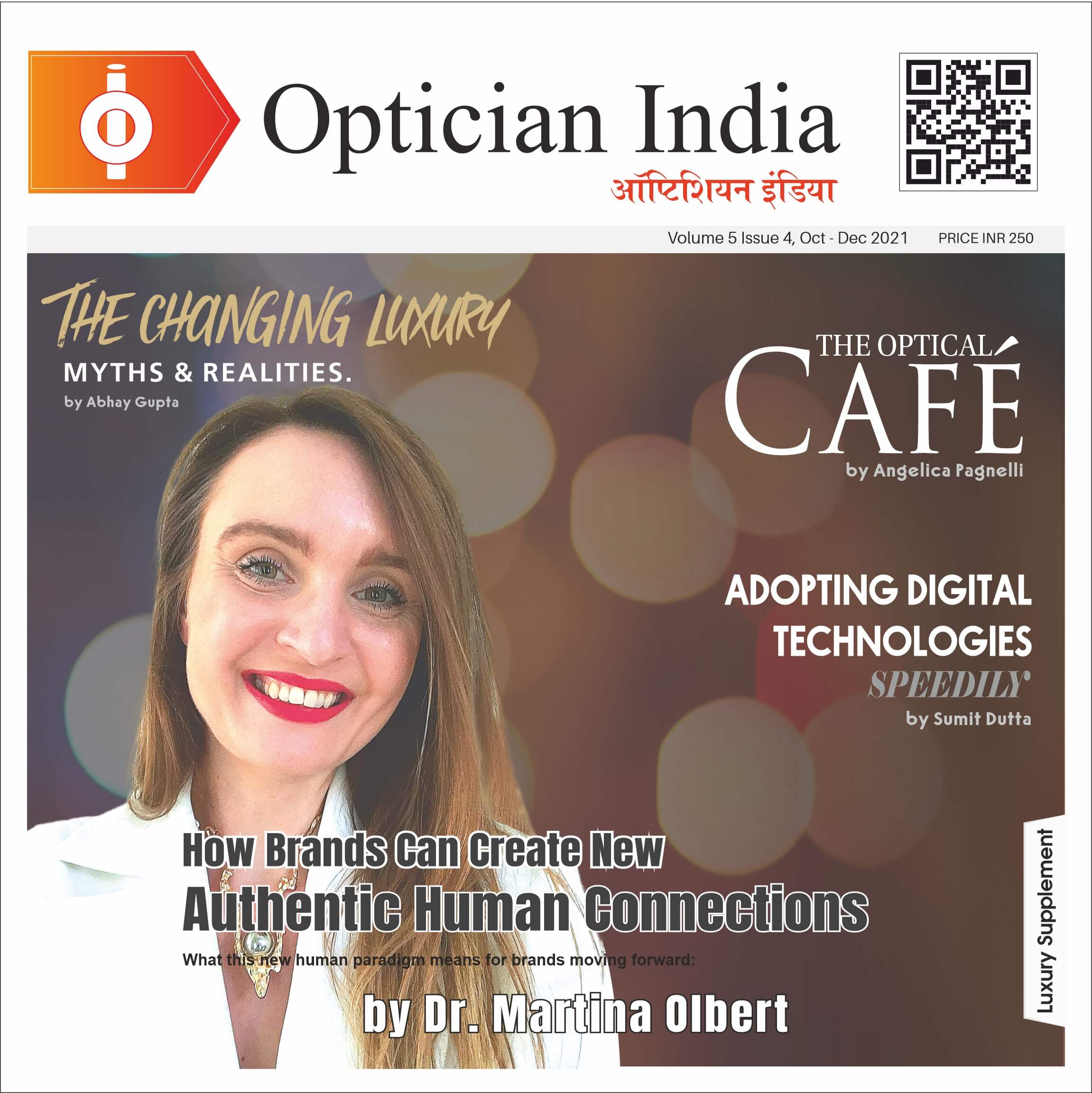
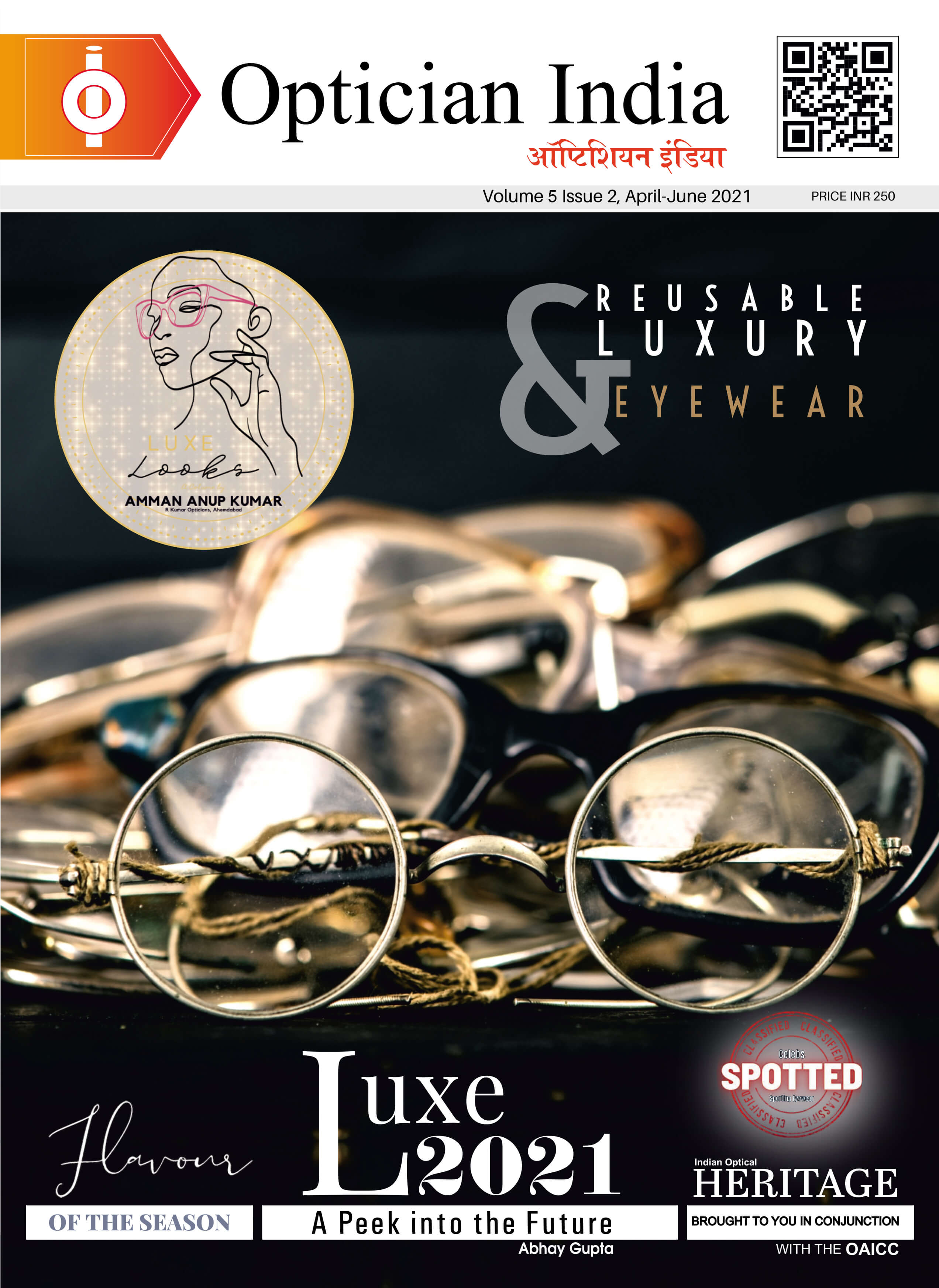
.png)




